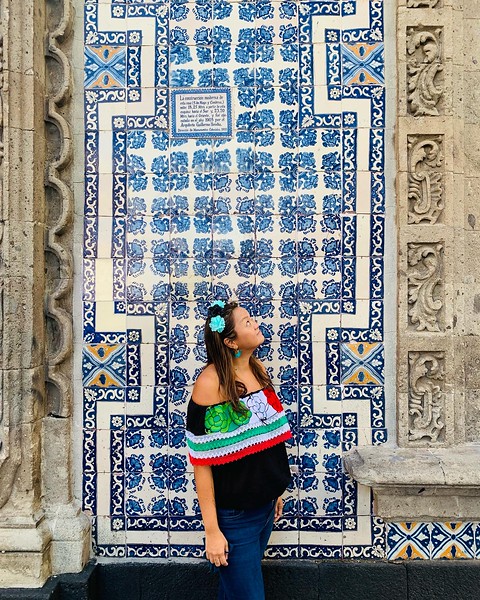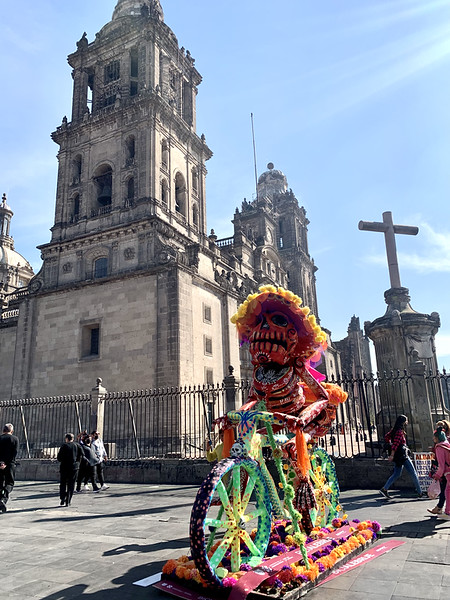Dia de los Muertos, or the Day of the Dead, is a significant annual celebration in Mexico. During this time, families joyfully welcome their deceased loved ones back to Earth, honoring them with their favorite foods, drinks, and music. While this vibrant and colorful festival is celebrated throughout Mexico, it reaches its peak in Mexico City, where the festivities are the grandest and most exuberant.
Mega ofrendas (altars) are constructed in major plazas and museums; food fairs and concerts light up every neighborhood; and enormous floats parades through the streets. Men, women, and children alike paint their faces as beautiful skulls and enjoy music, sipping tequila at cemeteries in remembrance of their loved ones. Truly, Dia de los Muertos is the perfect time to visit Mexico and immerse yourself in its rich culture.
Having celebrated the Day of the Dead in various regions across Mexico, we found that Mexico City boasts the most extravagant and large-scale celebrations, featuring parades, fairs, and bustling markets across the capital. For those planning a trip to CDMX for Dia de Muertos, I’ve created a comprehensive guide below with tips on where to catch the parade, the best events, and more.
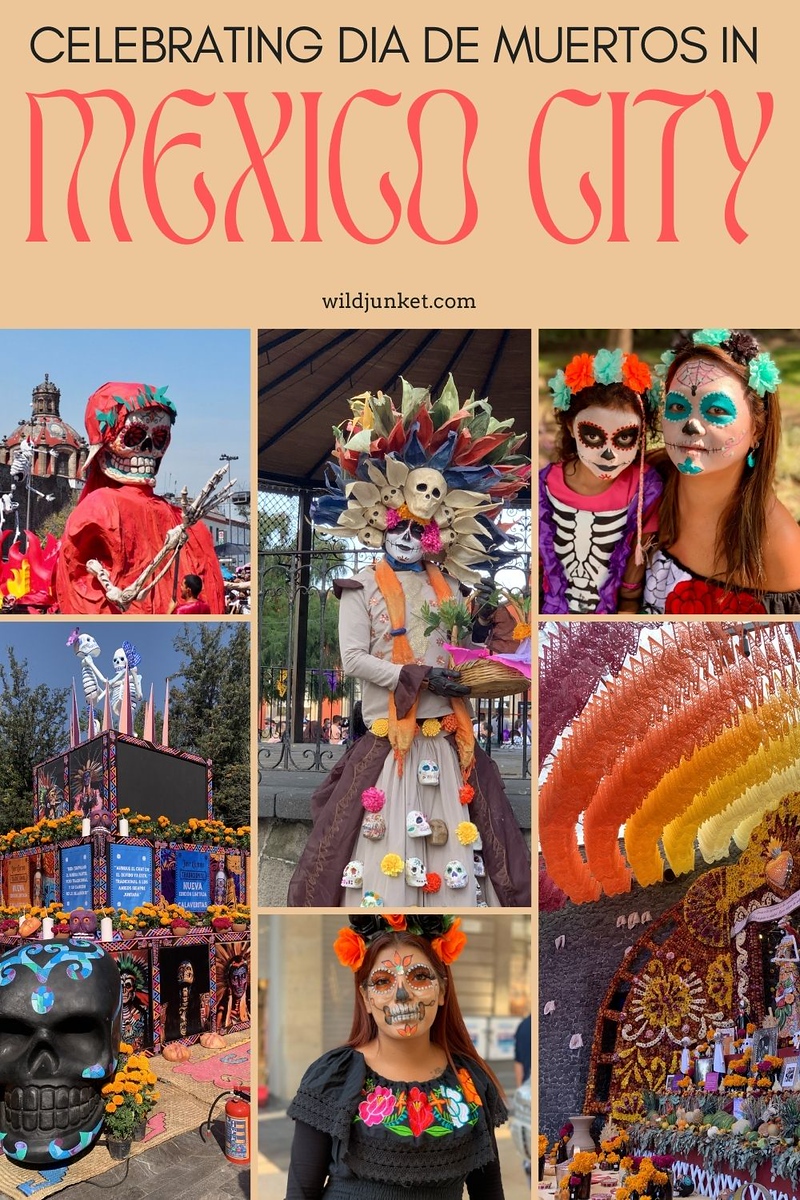
Day of the Dead in Mexico City 2024
What is Dia de los Muertos?
The origins of the Day of the Dead date back approximately 3,000 years to rituals honoring the dead in pre-Hispanic Mesoamerica. The Aztecs perceived the universe in cycles and viewed death as an essential, ever-present aspect of life.
In Mexico, Day of the Dead is a lively and joyous event; since the time of the Aztecs, it has always been a lively celebration of those who have passed away. Today, Dia de Muertos blends Mesoamerican traditions with European religious influences and Spanish culture. It has become one of the most significant Mexican holidays, passionately celebrated across the nation.
This holiday was even recognized by UNESCO as part of the Intangible Cultural Heritage of humanity, marking it as “a defining aspect of Mexican culture.” It is essential to note that it is distinctly different from Halloween in the U.S. Check out my ultimate guide to Dia de los Muertos for more insights.
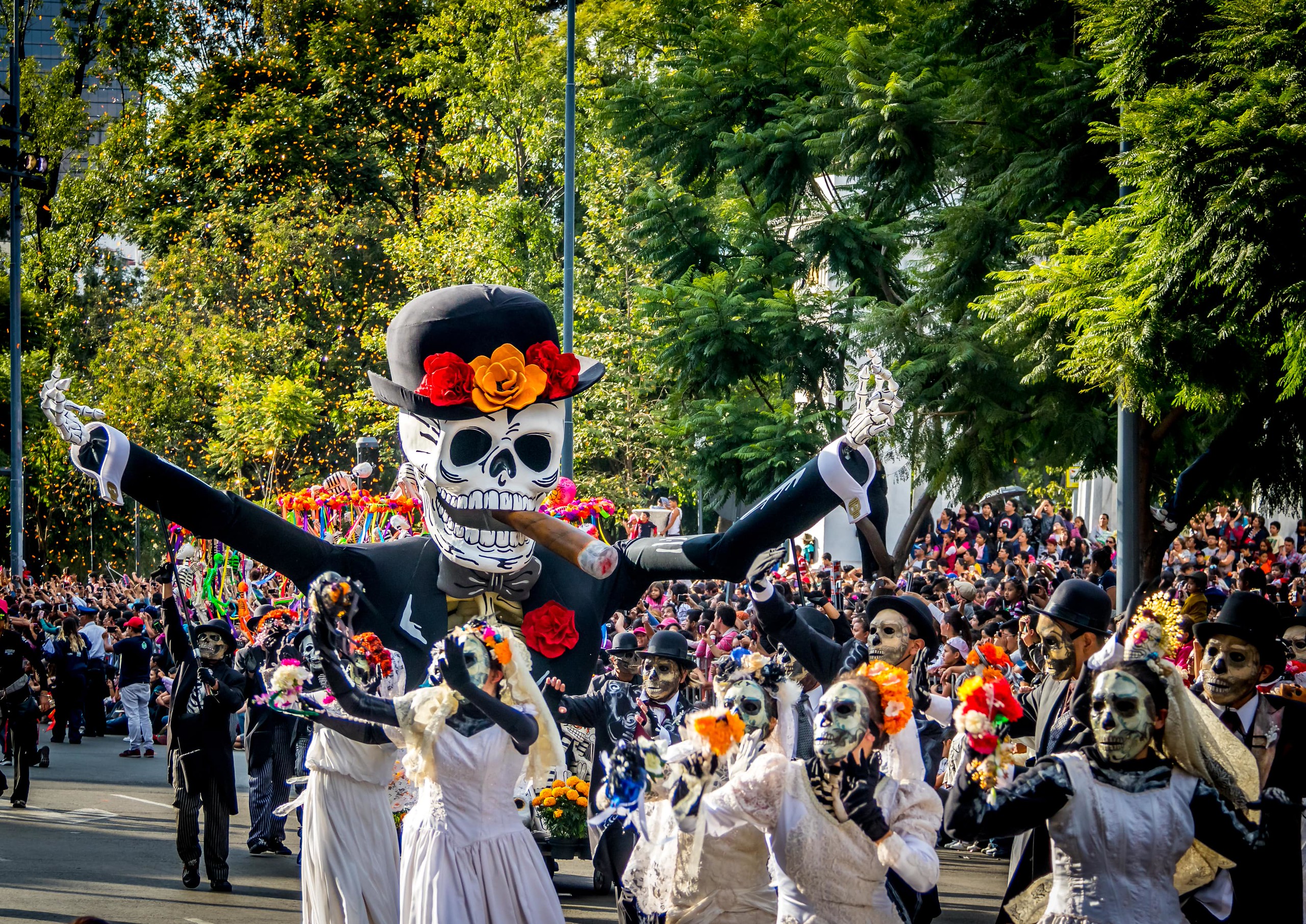

How is Dia de los Muertos Celebrated?
Traditionally, Day of the Dead has been a time for families. Families create ofrendas (altars) to pay tribute to their deceased relatives. These altars are adorned with candles, aromatic copal incense, marigold flowers, photos of the departed, and their favorite delicacies.
The celebrations have transformed over time but are still deeply rooted in Mexican traditions. Many museums in Mexico City showcase magnificent ofrendas, while vibrant alebrije animals and calaveras (skulls) fill the streets, and every shop and restaurant is decorated with papel picado (decorative paper). Each item on the altars and in cemeteries holds a special meaning—be sure to read my article on the symbolism of the Day of the Dead for more information.
As you stroll through the streets, you’ll encounter numerous people dressed as La Catrina, complete with elaborate face paint and floral headpieces. There are street parties, food fairs, and musical performances throughout every neighborhood. Get your face painted, don a flower crown, and get ready for an unforgettable celebration!
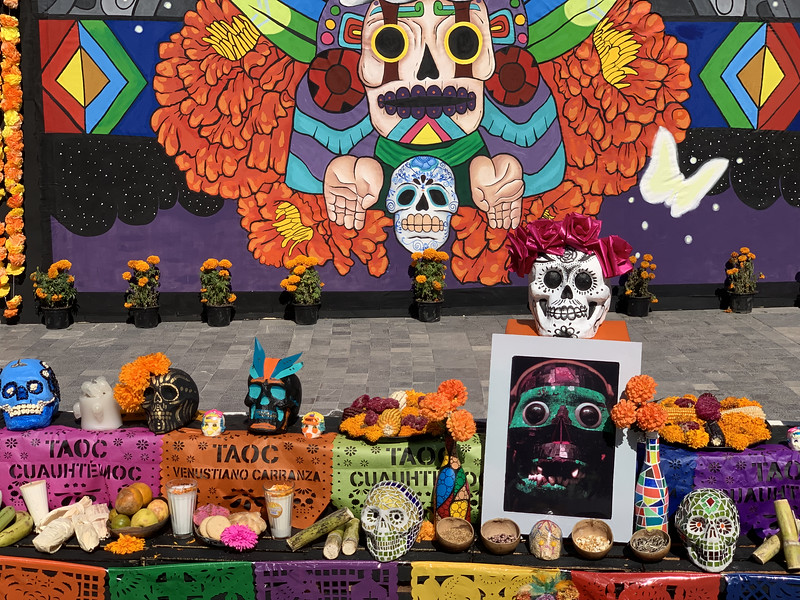

Why Celebrate in Mexico City?
Mexico City is one of the most extraordinary places to celebrate the Day of the Dead, as the celebrations are spectacular. The scale of the parades, offerings, and gatherings in cemeteries is impressive. Although these grand festivities might not have the same intimate charm as those in smaller towns, they offer a fantastic introduction to this Mexican holiday.
Compared to Oaxaca, flying into Mexico City is generally more accessible and affordable from various locations around the world. Even at the last minute, you can find reasonable flights and accommodations that won’t strain your budget. Additionally, Mexico City offers a plethora of fascinating attractions and museums, along with the nearby Teotihuacan pyramids to explore.
We celebrated the Day of the Dead in Oaxaca as well and noted several differences. The festivities in Oaxaca are on a smaller scale, with deeply spiritual night vigils at cemeteries and more traditional parades. Don’t forget to check out my guide for celebrating Dia de Muertos in Oaxaca!
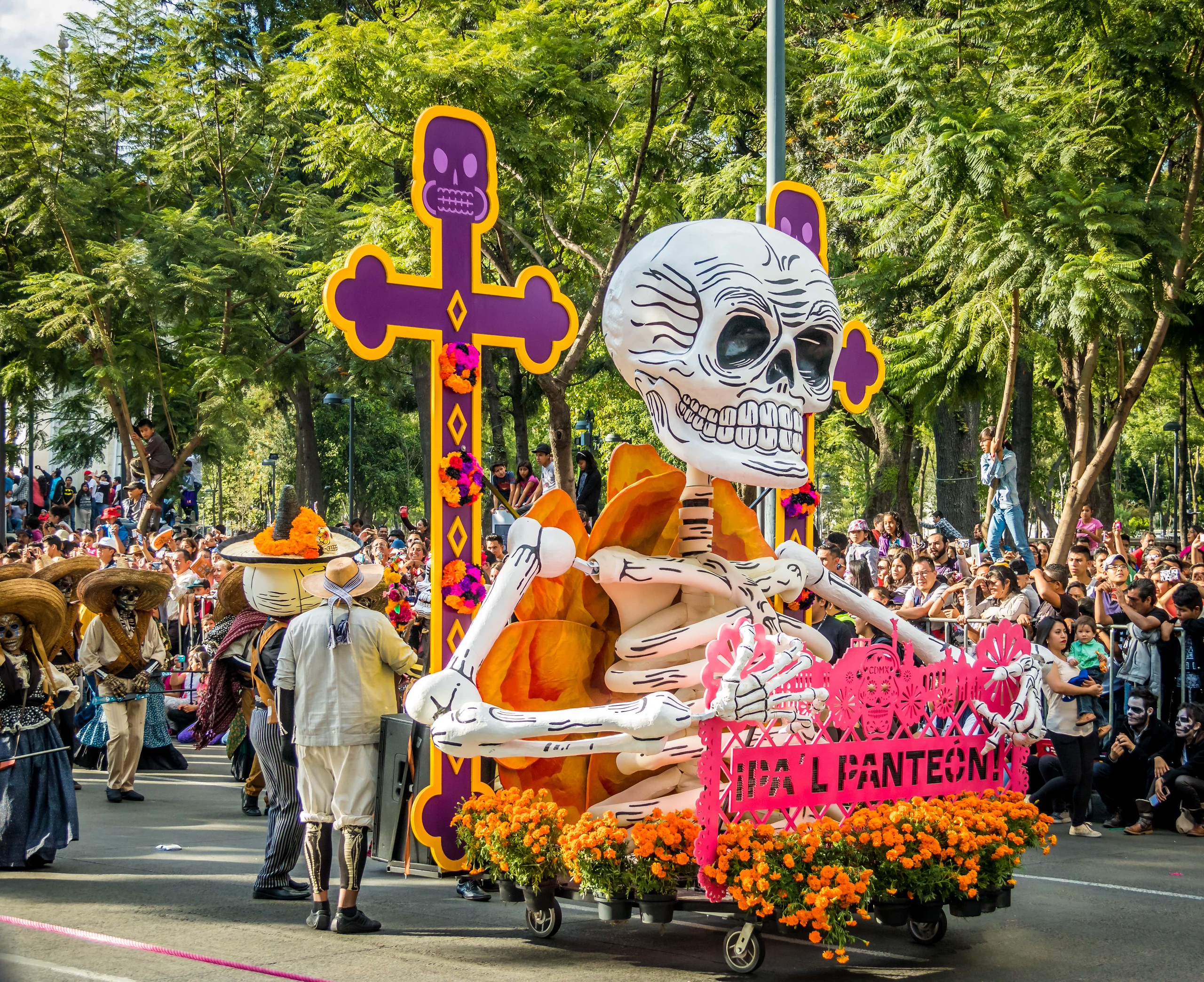

When is Dia de los Muertos?
In Mexico City, the Day of the Dead can last a week, with events beginning as early as October 22 and peaking on November 1 and 2. I recommend arriving around October 26 and staying until November 4. This way, you’ll have ample time to visit the city’s attractions, participate in events, and even take day trips from Mexico City.
The highlight of the festivities is undoubtedly the parade, known as the Desfile de Día de Muertos, which begins at Paseo de Reforma. The exact date of the parade is usually announced at the last moment, typically falling on the Saturday nearest to November 1 and 2. Last year, it was held on November 4, 2023, at noon. The date for this year has not yet been confirmed.
Throughout the week, numerous events will take place across the city, including parades, street parties, open-air markets, displays of mega ofrendas, and food festivals. With a host of activities, the Day of the Dead truly is the best time to visit Mexico City.
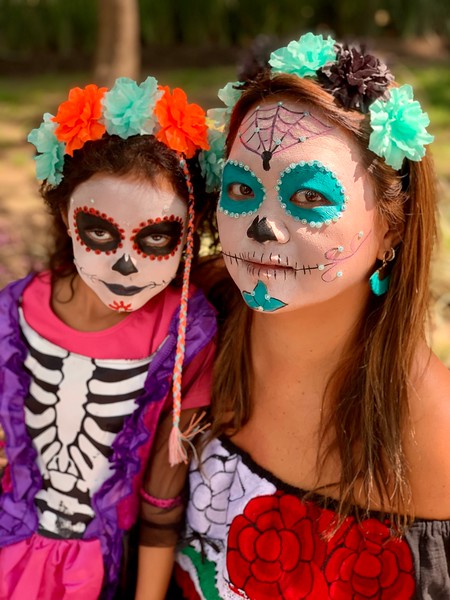

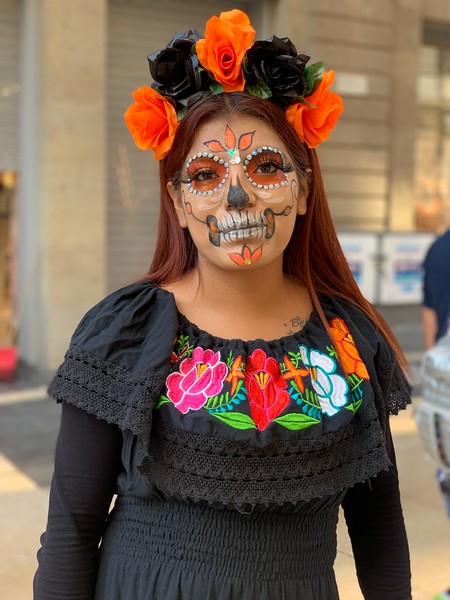

When to Start Planning Your Day of the Dead Trip?
Many people travel around Mexico during the Day of the Dead. I suggest booking your flights and accommodations as early as April or May. Airfares and hotel rates spike as October approaches.
Direct flights to Mexico City are available from many major cities in the U.S., including New York, Miami, Los Angeles, and Atlanta. You can find round-trip flights starting around $300. Be aware that many domestic airlines in Mexico charge for carry-on luggage, so double-check your booking details before flying. You can search for flights here.
Book a Day of the Dead Tour
If you wish to visit a cemetery with a knowledgeable guide, I recommend these tours. They will handle all the details and provide you with a comprehensive overview of Dia de Muertos traditions.
- 30 Oct – 4 Nov 2024: Day of the Dead Tour by G Adventures — For a complete Dia de Muertos experience, join this six-day tour and participate in all the events mentioned above with a guide and a small group.
- 1 Nov 2024: Day of the Dead Tour in Mexico City — This tour takes you to a cemetery (not Mixquic) and offers a trajinera (gondola) ride through the Xochimilco canals.
Dia de los Muertos Traditions
To familiarize yourself with Dia de los Muertos traditions, here is a list of common practices observed during this holiday. Read my guide on Day of the Dead symbols for additional insights.
- Calaveras — Skulls are everywhere during the Day of the Dead, often depicted with smiles to jest at death.
- La Catrina — A symbolic figure representing Dia de Muertos. She is a elegant skeletal woman created by José Guadalupe Posada, embodying sophistication and a sense of aristocracy in the celebration.
- Alebrijes — Brightly colored Mexican folk art sculptures depicting fantastical creatures. In Mexico, they are considered symbols from the realm of the dead.
- Ofrendas — Altar offerings that every Mexican family sets up at home for their deceased. Altar items typically include photos, their favorite foods, candles, copal incense, and marigolds.
- Sugar Skulls — The quintessential treat of the Day of the Dead. This sugar-based delicacy fuses Pre-Hispanic customs with Spanish molding traditions.
- Pan de Muertos — A traditional Mexican dessert consumed exclusively during Dia de Muertos. This sweet, soft bun is decorated with bone-shaped pieces to symbolize the deceased, arranged in a circle to represent the cycle of life.
- Cempasuchil — Bright orange marigold flowers adorning every Day of the Dead altar. Their vibrant petals are laid out as pathways for the dead to find their way back to Earth and reunite with their loved ones.
- Papel Picado — Colorful strings of flags that brighten up rooms and streets. These decorations are crafted from vibrant paper cutouts displaying images linked to the Day of the Dead.
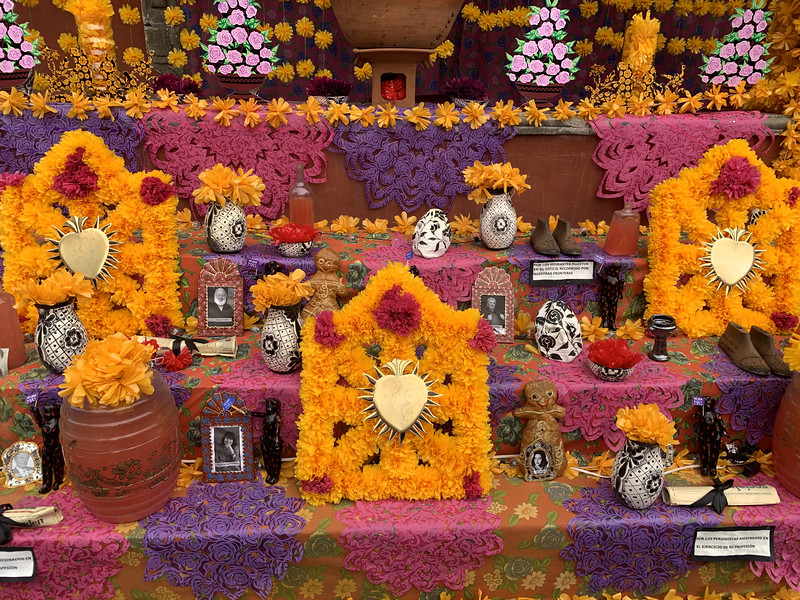

Day of the Dead Parade & Events Schedule
With countless Day of the Dead events in Mexico City, you should spend at least a week in the city to experience them all. We spent six days there, wishing we could stay even longer!
Aim to arrive in Mexico City by October 26 to see the آماده<|vq_6970|>“`


